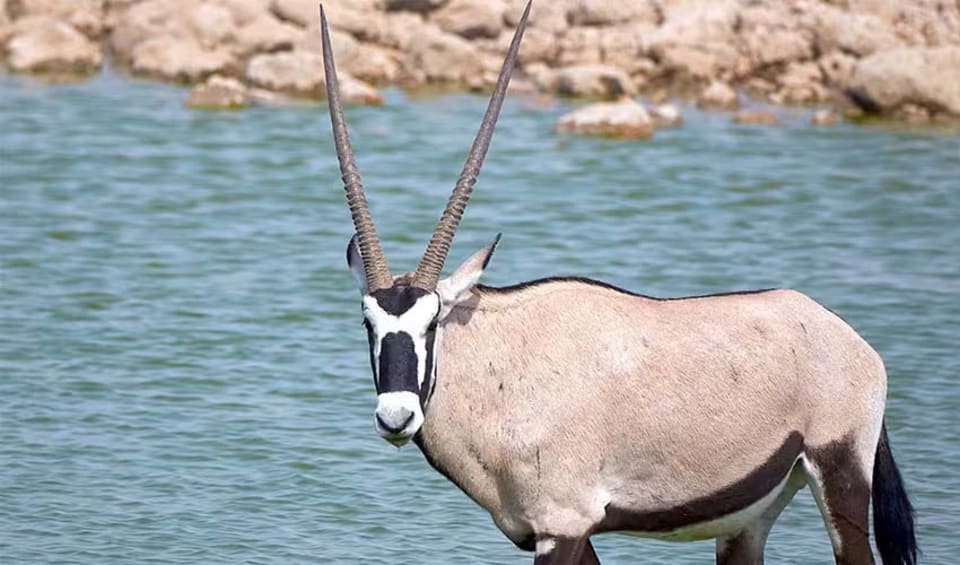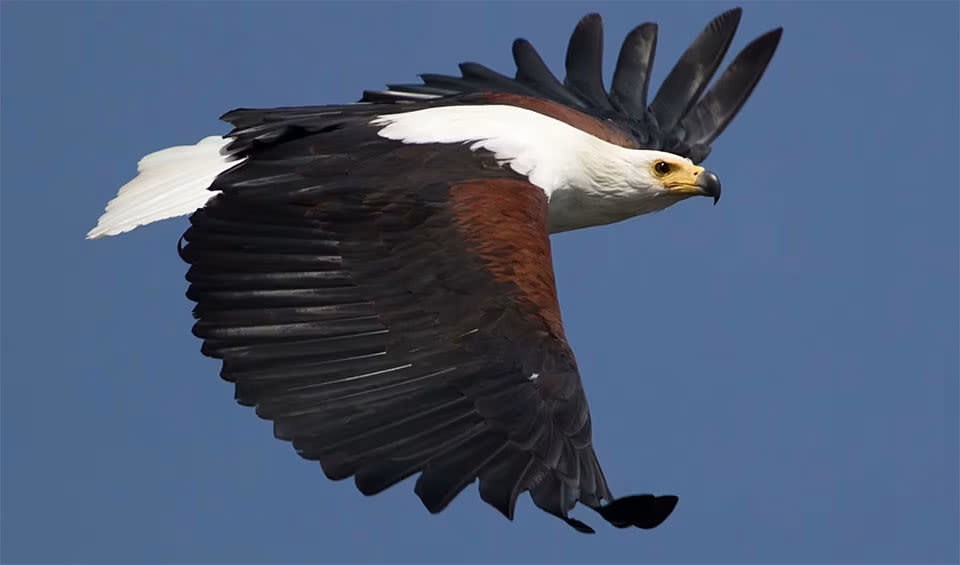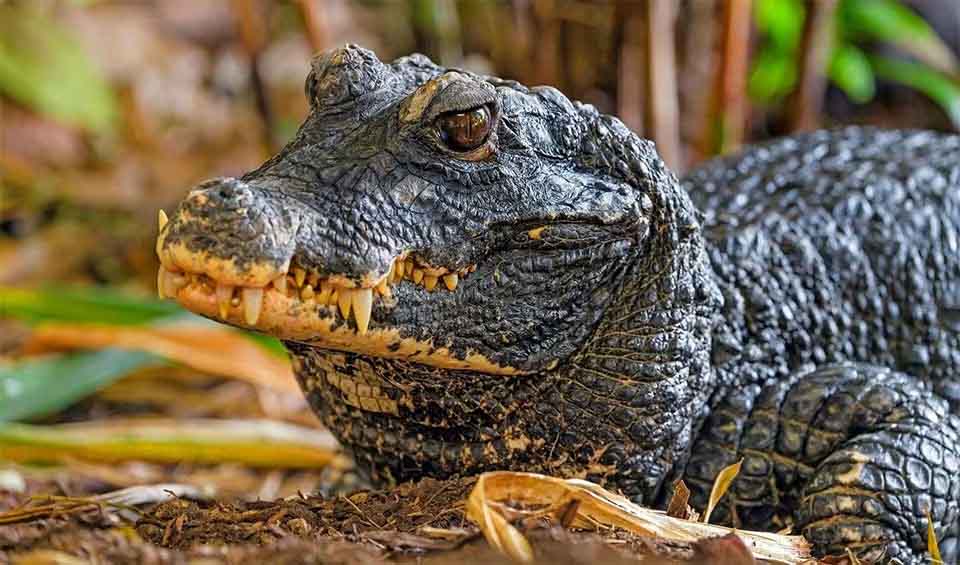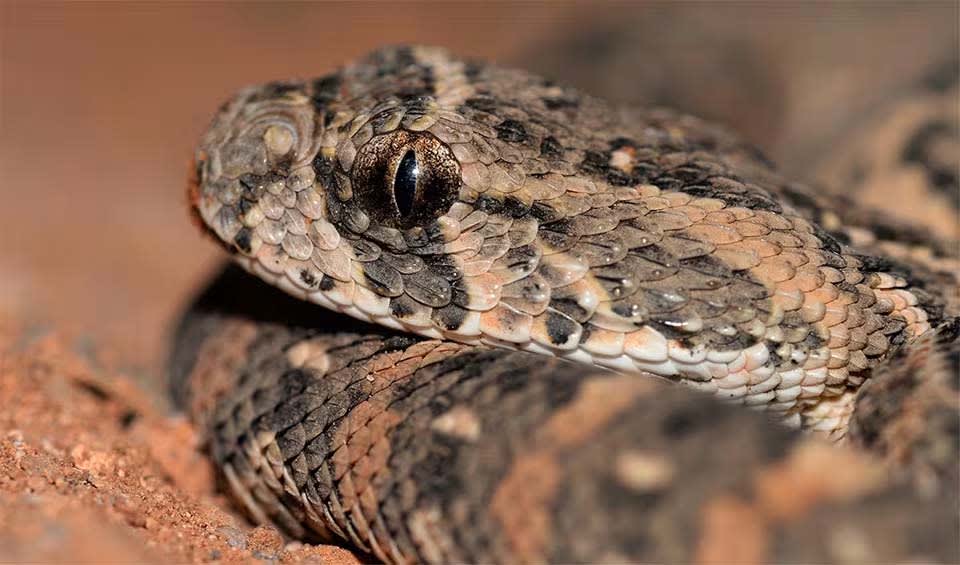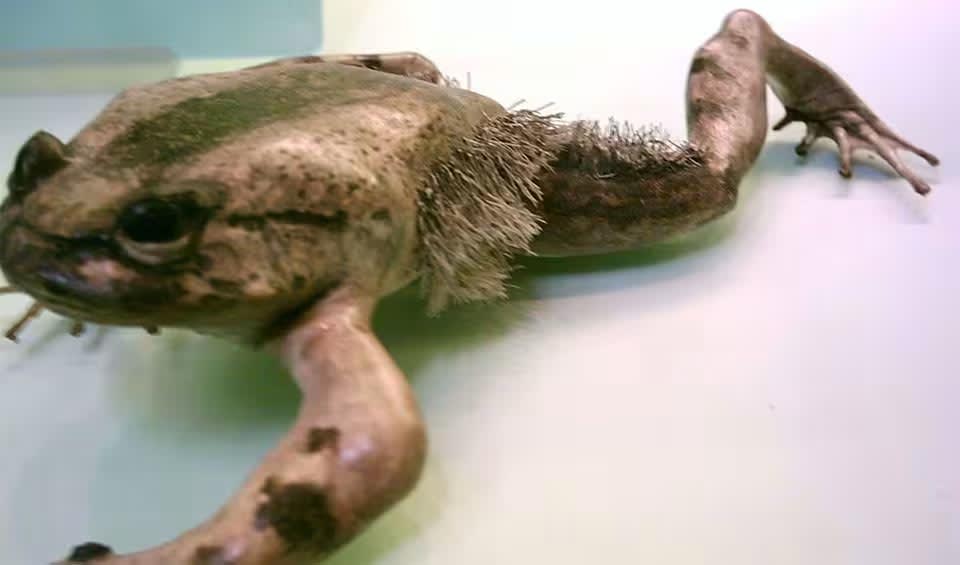Angola, located on the southwestern coast of Africa, is a country rich in natural resources, diverse cultures, and complex history. Covering an area of approximately 1.25 million km² (482,000 mi²), Namibia borders it to the south, Zambia to the east, the Democratic Republic of the Congo to the north, and the Atlantic Ocean to the west. With a population of around 32 million people, Angola is a melting pot of ethnic groups, languages, and traditions, contributing to its vibrant cultural tapestry.
Angola’s landscape is incredibly varied, ranging from the arid Namib Desert in the south to the lush rainforests of Cabinda, exclusive to the north. The central highlands, which include the Bié Plateau, are characterized by fertile soils and a temperate climate, making them ideal for agriculture. The country’s vast river systems, including the Cuanza, Cunene, and Zambezi rivers, provide crucial water resources and historically support dense human settlements and rich biodiversity. Angola’s coastline, stretching over 1,600 kilometers (1,000 miles), is dotted with beautiful beaches and port cities like Luanda, the capital, and Benguela.
Four pillars elaborated:
Angola is home to nine national parks, among them the celebrated Iona National Park, famous for its abundant wildlife and unspoiled coastlines. Within these parks reside a variety of animals, including elephants, lions, zebras, and giraffes. Along its coastline, Angola safeguards its marine ecosystems and endangered species through a single marine conservation area. Additionally, the country boasts two vital nature reserves, Maiombe and Luengue-Luiana, which are meticulously preserved to safeguard their unique biodiversity and ecological importance, remaining strictly off-limits to human activities. Land Management
Land Management
Numerous direct and indirect human-caused pressures threaten Angola’s biodiversity, particularly in marine and coastal ecosystems. Fishing practices have led to the decline of exploited species, while rapid urbanization, offshore oil production, mangrove extinction, industrial pollution, and the absence of marine conservation areas exacerbate these challenges. Threats to Biodiversity
Threats to Biodiversity
Similarly, forest ecosystems face various threats including timber harvesting, charcoal production, deforestation, war, extensive hunting, and inappropriate farming methods, all of which significantly impact biodiversity. Mining activities further contribute to habitat loss, contamination of land and watercourses with heavy metals, posing risks to wildlife and vegetation across Angola.
In recent years, Angola has taken steps to protect and restore its wildlife. In 2004, a campaign was launched in Cabinda to stop hunting gorillas and chimpanzees, which helped increase their numbers. Additionally, to save the giant sable antelope population, a male was moved from Luando Natural Reserve to Cangandala National Park, where the last 9 females live. Special measures are being planned to protect their habitat. Capacity and Governance
Capacity and Governance
To improve biodiversity conservation, new protected areas will be established based on the richness of plants and animals, while existing ones not meeting international standards will be updated. Furthermore, 33,000 locally grown plant varieties were collected from 65% of the country’s municipalities for conservation.
Angola has developed a National Biodiversity Strategy with the overarching goal of recognizing, conserving, restoring, and sustainably managing the country’s rich biodiversity by the year 2025. This strategy encompasses a comprehensive approach to safeguarding Angola’s natural heritage, emphasizing the importance of valuing and protecting its diverse ecosystems and species. Through targeted conservation efforts and responsible utilization of biodiversity resources, Angola aims to ensure the long-term sustainability of its natural environment for present and future generations. Future Trends
Future Trends
Biodiversity
Much of central and southern Angola consists of savannas and grasslands, home to a wide array of wildlife. These ecosystems support large herbivores such as elephants, buffaloes, giraffes, and various species of antelopes. Predators like lions, leopards, and cheetahs also inhabit these areas. The savannas are characterized by a mix of grasses and scattered trees, including baobabs and mopane trees. The Mavinga and Luando reserves are important protected areas for wildlife conservation in these regions.The Namib Desert and semi-arid regions dominate the southwestern part of Angola. These areas are characterized by sparse vegetation, including hardy shrubs, succulents, and acacias. Despite the harsh conditions, the desert supports unique wildlife adapted to the arid environment, such as the oryx, springbok, and various species of reptiles. The Namibe Province is notable for its striking desert landscapes and endemic plant species like the Welwitschia mirabilis, which can live for over a thousand years.
In the table below are the number of known species in several main groups, how many of these species are Threatened with extinction, and how many of them are Endemic (unique to Angola only):
| Species (World rank) |
Threatened | % Threatened | Endemic | % Endemic | |
|---|---|---|---|---|---|
| Mammals | 333 (#26) | 15 | 5.4% | 14 | 4.2% |
| Birds | 921 (#18) | 33 | 3.6% | 16 | 1.7% |
| Reptiles | 324 (#27) | 7 | 2.2% | 26 | 8.0% |
| Amphibians | 109 (#35) | 20 | 18.3% | 22 | 20.2% |
| Fishes | 977 (#54) | 76 | 7.8% | 72 | 7.4% |
| Plants | 6,735 (#45) | 34 | 0.5% | 1,069 | 15.9% |
mammals
Lion
Tufted-tailed Simba in the plight
African wild dog
85% successful kills! Yet irreversibly waning, it is among the most endangered canids in Africa
Gemsbok
Their large, bat-like ears help them dissipate heat, keeping them cool in the hot desert climate
birds
Steppe eagle
The treasured bird of Saladin, the first Sultan of Egypt
African fish eagle
With its striking appearance and distinctive call, it is often referred to as the “voice of Africa”
Pygmy falcon
Smallest raptor of Africa with a heart bigger than lion’s
reptiles
Dwarf crocodile
Timid nocturnal with broad snouts native to Africa, they are the smallest of all crocs
Puff adder
Notoriously grumpy, always putting on a dramatic hissy fit when approached
Leatherback sea turtle
The mysterious diver of the ocean is the largest and only sea turtle without a hard shell and scales
amphibians
Goliath frog
A frog that is so big that it makes its own ponds using heavy rocks
African clawed frog
It’s a frog, but it doesn’t look like the typical frogs we think of!
Hairy frog
The predominantly terrestrial hairy frog lives in subtropical and tropical forests & rivers of West Africa
National Animals
Sable antelope
Often revered in African folklore as symbols of strength, grace, and nobility—earning them nicknames like “the antelope of kings.”


